
UDK: УДК 61.314.724
A. P. Kibkalo, K. A. Sarkisov, D. V. Mikhalchenko, I. U. Pchelin
Волгоградский государственный медицинский университет, кафедра пропедевтики стоматологических заболеваний
Orofacial muscles that produce movement of the mandible during chewing are a part of the neuromuscular system and are subordinate to the general physiological laws of motion as they are effectors of reflexes. These specific features of orofacial muscles are genetically determined, appear with the onset of functional chewing and present as the preferred chewing side. Studies assessing individual chewing habits have shown that chewing side preference is not related to age, dentulousness/dentulousness, dental deformities and oral pathological conditions. The preferred age-related chewing side does not change in the course of life unless there are some risk factors which include dental and dentition defects, deformities, dental abnormalities, etc. Being exposed to risk factors of changing chewing side preference for 1.5–2 years, patients with persistent symptoms and complications develop habitual occlusion and a new chewing pattern.
central occlusion, habitual occlusion, preferred chewing side.